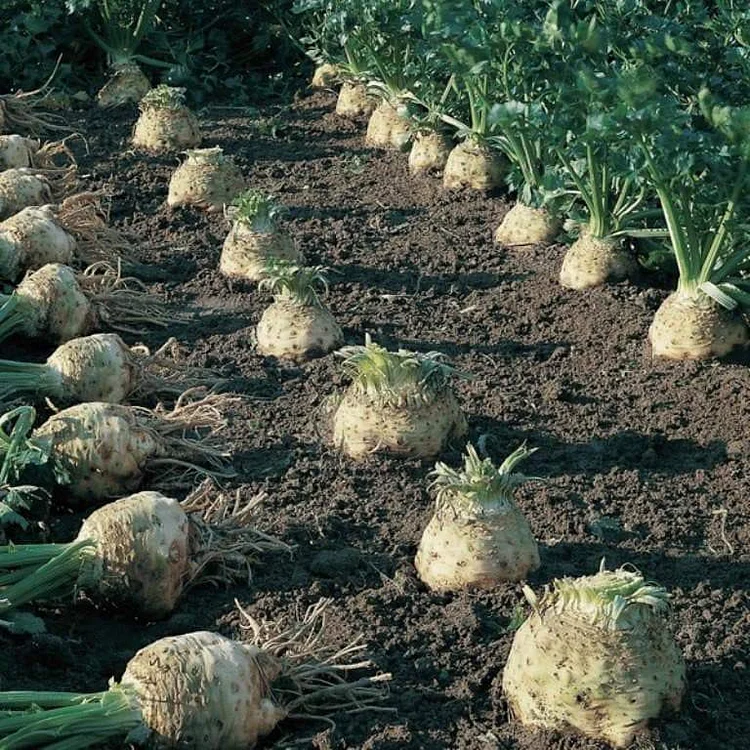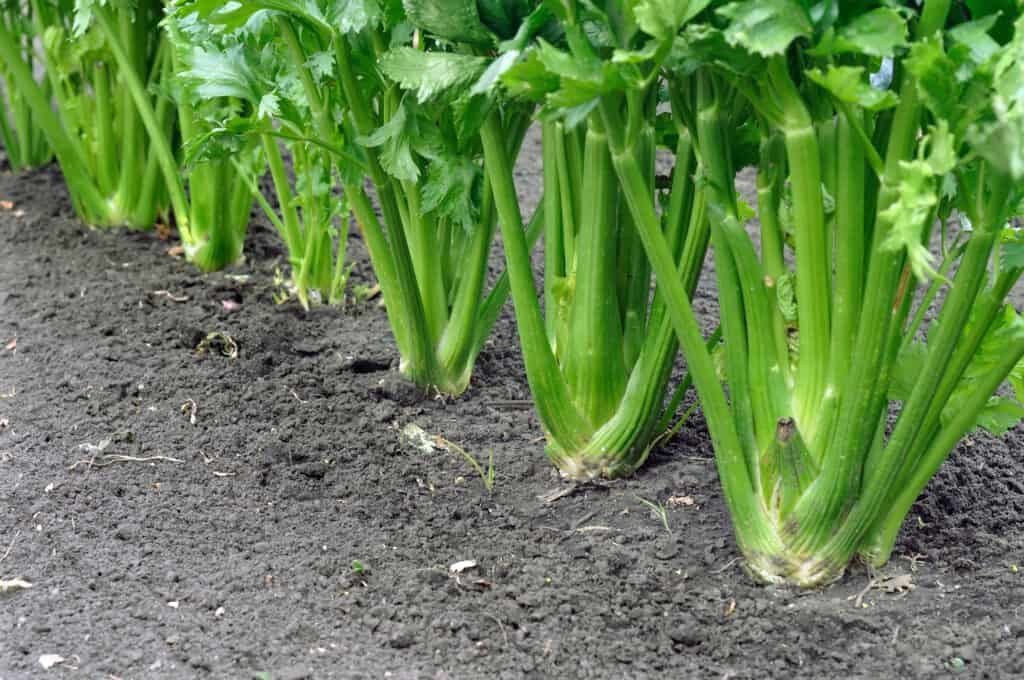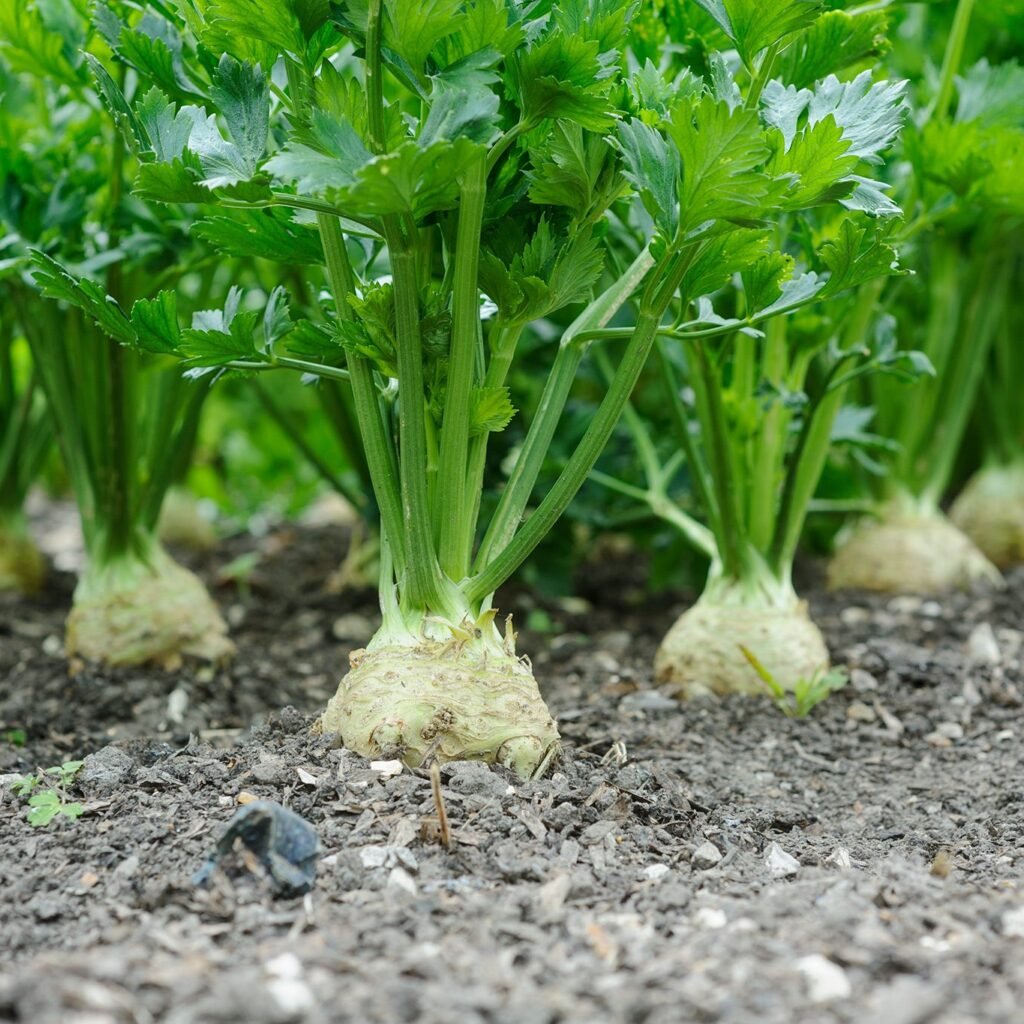Celeriac, also known as celery root, is a nutrient-dense, versatile, and flavorful root vegetable that’s slowly gaining popularity in American kitchens. Often overlooked due to its rough exterior, celeriac has a delicate, slightly nutty flavor and a creamy texture when cooked, making it perfect for soups, mashes, gratins, and roasted dishes.
This guide will take you through everything you need to know about celeriac—from nutritional benefits and health perks to preparation techniques and delicious recipes that will elevate your meals.
What is Celeriac?

Celeriac (Apium graveolens var. rapaceum) is a root vegetable closely related to celery. Unlike its green-stalked cousin, the edible portion is the large, bulbous root, which has a beige-brown, knobby exterior. Inside, the flesh is white, crisp, and aromatic, with a flavor that is subtly celery-like, nutty, and slightly sweet.
Celeriac is popular in European cuisines, especially French, Italian, and German dishes. Its unique flavor and versatility make it an excellent addition to modern American cooking, from hearty soups to light salads.
Pro Tip: When buying celeriac, look for bulbs that are firm, heavy for their size, and free of sprouts or soft spots. Smaller roots tend to be tender and less woody.
Nutritional Benefits of Celeriac

Celeriac is not just flavorful; it is nutritionally impressive:
- Low in Calories: Approximately 42 calories per 100 grams, making it ideal for weight management.
- Rich in Fiber: Promotes healthy digestion and provides satiety.
- Vitamin K: Supports bone health and proper blood clotting.
- Vitamin C: Boosts immunity and helps fight inflammation.
- Potassium: Regulates blood pressure and supports cardiovascular health.
- Antioxidants: Protect cells from damage and oxidative stress.
Pro Tip: Cooking methods like steaming or roasting retain the nutrients and natural flavor better than boiling in excess water.
Health Benefits of Celeriac

- Supports Heart Health: High potassium and fiber content help maintain healthy blood pressure and cholesterol levels.
- Aids Digestion: Fiber supports gut health and promotes regular bowel movements.
- Boosts Immunity: Vitamin C strengthens the immune system and aids in healing.
- Weight Management: Low in calories but filling due to fiber content.
- Bone Health: Vitamin K contributes to maintaining strong bones.
Pro Tip: Including celeriac in your diet regularly supports overall wellness and cardiovascular health while adding a flavorful twist to your meals.
How to Prepare Celeriac

Celeriac is versatile and can be used in many culinary preparations:
- Raw: Peel, slice, and shred for salads or slaws. Its crisp texture is perfect for coleslaw-style dishes or raw veggie platters.
- Mashed: Boil or steam, then mash with butter and cream for a low-carb alternative to potatoes.
- Roasted: Cube, toss with olive oil, salt, and herbs, and roast for a sweet, caramelized flavor.
- Soups and Stews: Adds a nutty depth to broths and pureed soups.
- Gratin: Layer thin slices with cream and cheese for a creamy, decadent dish.
Pro Tip: Peel celeriac thoroughly before cooking, as the skin is tough and fibrous. Use a sharp knife or vegetable peeler for best results.
Celeriac Recipes to Try

Here are some delicious ways to incorporate celeriac into your meals:
1. Creamy Celeriac Mash
- Boil peeled celeriac until tender.
- Mash with butter, cream, salt, and pepper.
- Optional: Mix with potatoes for a hybrid mash.
2. Roasted Celeriac Cubes
- Toss celeriac cubes with olive oil, thyme, salt, and pepper.
- Roast at 400°F for 25–30 minutes until golden and tender.
- Serve as a side dish with roasted meats or vegetables.
3. Celeriac Soup
- Sauté onion, garlic, and celeriac in olive oil.
- Add vegetable broth and simmer until tender.
- Blend until smooth, add cream or coconut milk, and season with salt, pepper, and nutmeg.
4. Celeriac Slaw
- Shred raw celeriac and carrots.
- Toss with a dressing of Greek yogurt, lemon juice, mustard, salt, and pepper.
- Garnish with fresh parsley for a refreshing side dish.
5. Celeriac Gratin
- Layer thinly sliced celeriac in a baking dish.
- Pour cream, sprinkle cheese, and bake until bubbly and golden.
- Serve as a hearty side or vegetarian main dish.
Pro Tip: Combine celeriac with other root vegetables like carrots, parsnips, or turnips for a colorful and flavorful roasted medley.
Storage Tips for Celeriac
Proper storage ensures freshness and longevity:
- Store unpeeled celeriac in the refrigerator crisper in a plastic bag.
- Use within 2–3 weeks for optimal flavor and texture.
- Peeled or cut celeriac can be stored in water in an airtight container for 2–3 days.
- Avoid storing near fruits that emit ethylene, such as apples or bananas, as it can accelerate spoilage.
Pro Tip: Celeriac leaves are edible and can be sautéed like celery leaves for added flavor.
Why Celeriac is Gaining Popularity in American Kitchens
Celeriac is becoming increasingly popular due to:
- Health-Conscious Eating Trends: Low in calories, high in fiber, and packed with vitamins.
- Culinary Versatility: Can be used raw, roasted, mashed, or in soups.
- Low-Carb Alternative: Perfect substitute for potatoes or other starchy vegetables.
- Unique Flavor: Adds a subtle nutty and slightly sweet taste to dishes.
- Kid-Friendly: Mild flavor makes it easy to introduce to picky eaters.
Pro Tip: Thinly slice celeriac for sandwiches, tacos, or wraps to add crunch, nutrition, and flavor.
Fun Facts About Celeriac
- Celeriac is a variety of celery cultivated for its edible root rather than its stalks.
- The vegetable dates back to ancient Mediterranean civilizations.
- Both the root and the leaves are edible and nutritious.
- Celeriac is a cool-season crop, best harvested in fall and winter.
- It pairs well with herbs like thyme, parsley, dill, and rosemary, enhancing its natural flavor.
Conclusion: Why You Should Add Celeriac to Your Diet
Celeriac is a nutritious, flavorful, and versatile root vegetable that belongs in every kitchen. Its mild, nutty flavor and creamy texture make it ideal for a wide range of dishes, from hearty soups and mashed side dishes to raw slaws and roasted vegetable medleys.
Incorporating celeriac into your diet offers:
- Low-calorie, high-fiber nutrition for healthy weight management.
- Rich vitamins and minerals to support overall health.
- Culinary versatility for both traditional and creative recipes.
Whether you are exploring new vegetables, eating healthier, or looking for a unique ingredient to elevate your meals, celeriac is a delicious, nutritious, and underrated root vegetable worth trying.





